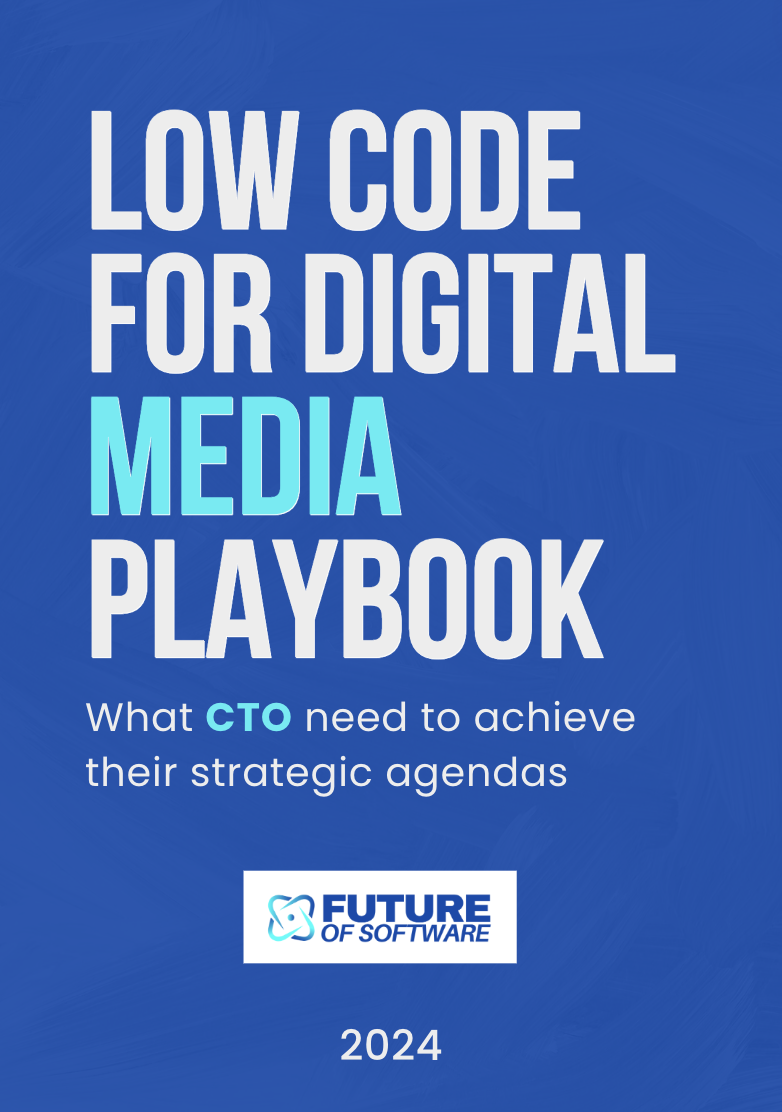
Understanding the Importance of Paid Testers for SaaS MVPs
The Role of Paid Testers in SaaS MVP Development
In the competitive landscape of software development, particularly for SaaS products, the role of paid testers is crucial. These testers are not just participants; they are key contributors to the success of your minimum viable product (MVP). Engaging paid testers ensures that your product is evaluated by individuals who are invested in providing valuable feedback, which is essential for refining core features and enhancing the user experience.
Paid testers help bridge the gap between your development team and the target audience. By simulating real-world user behavior, they provide insights that are instrumental in shaping the product's direction. This feedback loop is vital for identifying potential issues early in the MVP development process, allowing your team to make informed decisions about product adjustments and improvements.
Moreover, paid testers can offer a diverse range of perspectives, reflecting the varied needs and expectations of your potential customers. This diversity is critical in ensuring that your SaaS MVP is not only functional but also appealing to a broad market segment. By leveraging their feedback, you can tailor your product to better meet the demands of your target audience, ultimately leading to a more successful customer acquisition strategy.
Incorporating paid testers into your MVP testing strategy is not just about gathering data; it's about building a foundation for long-term success. Their insights can guide the development of core features and help you understand the nuances of user experience, which are essential for creating a viable product that resonates with users. For more insights on how DevOps can enhance software quality, you can explore how DevOps improves software quality.
Identifying Your Ideal Tester Profile
Defining the Ideal Tester for Your SaaS MVP
Identifying the right testers for your SaaS MVP is crucial to gathering meaningful user feedback and ensuring the product's success. The ideal tester profile should align with your target audience, reflecting the characteristics of potential long-term customers. Here are some key considerations to help you define this profile:
- Target Audience Alignment: Your testers should represent the demographic and psychographic traits of your intended users. This ensures that the feedback you receive is relevant to your market.
- Experience with Similar Products: Testers with prior experience in using similar SaaS products can provide more insightful feedback on user experience and core features.
- Technical Proficiency: Depending on the complexity of your product, you may need testers with a certain level of technical expertise to effectively evaluate your MVP.
- Engagement Level: Look for testers who are likely to be engaged and willing to provide detailed feedback. Early adopters often fit this profile, as they are typically more enthusiastic about new technologies.
By carefully selecting testers who meet these criteria, you can gather valuable data that will inform your product development and help refine your minimum viable product. For more insights on the challenges and benefits of outsourcing SaaS development, you can explore this resource.
Crafting an Attractive Tester Incentive Program
Designing a Compelling Incentive Program for Testers
When it comes to acquiring paid testers for your SaaS MVP, crafting an attractive incentive program is crucial. This step not only motivates testers to engage with your product but also ensures that you receive valuable user feedback that can drive your development process forward.
To start, consider what would make your target audience eager to participate in your testing phase. This involves understanding their needs and preferences, which ties back to identifying your ideal tester profile. Once you have a clear picture of who your testers are, you can tailor your incentives accordingly.
Types of Incentives to Consider
- Monetary Rewards: Offering direct payments can be a straightforward and effective way to attract testers. Ensure the compensation reflects the time and effort required for testing your MVP.
- Exclusive Access: Providing early adopters with exclusive access to new features or premium versions of your SaaS product can be a powerful motivator.
- Discounts and Coupons: Offering discounts on future purchases or subscriptions can encourage testers to not only participate but also become long-term customers.
- Recognition and Gamification: Implementing a system where testers earn points or badges can make the testing process more engaging and rewarding.
Remember, the key to a successful incentive program is to align it with your product's core features and the value it offers. This alignment will not only attract testers but also ensure that the feedback you receive is relevant and actionable for your MVP development.
By thoughtfully designing your incentive program, you can build a strong foundation for a feedback loop that benefits both your product and your testers, ultimately enhancing the user experience and supporting your long-term customer acquisition strategy.
Leveraging Online Platforms for Tester Recruitment
Utilizing Digital Channels for Effective Tester Recruitment
In the journey of building a successful SaaS MVP, recruiting the right testers is crucial. Leveraging online platforms can significantly enhance your ability to reach potential testers who align with your target audience and product goals. Here’s how you can effectively use these platforms to your advantage:
- Social Media Engagement: Platforms like LinkedIn, Twitter, and Facebook are invaluable for reaching a broad audience. By sharing engaging content about your SaaS product and its core features, you can attract early adopters interested in mvp testing. Engage with users by asking for feedback, which not only helps in refining your product but also builds a community around it.
- Online Communities and Forums: Websites like Reddit, Product Hunt, and specialized forums related to your industry can be great places to find enthusiastic testers. Participate in discussions, share insights about your minimum viable product, and invite users to test your MVP. This approach helps in gathering user feedback and understanding user behavior in real-time.
- Freelancer Platforms: Websites such as Upwork and Freelancer allow you to hire testers with specific skills. You can post detailed job descriptions outlining the testing requirements for your SaaS MVP, ensuring that you attract testers who can provide valuable insights into your product development process.
- Email Campaigns: If you have an existing customer base or newsletter subscribers, consider reaching out to them. These individuals are already familiar with your brand and may be interested in contributing to the development of your SaaS product. Offering incentives, as discussed in previous sections, can further motivate participation.
By strategically using these online platforms, you can efficiently recruit testers who not only provide critical feedback but also become advocates for your product. This approach not only aids in mvp development but also strengthens your long-term customer acquisition strategy.
Building a Feedback Loop with Testers
Establishing a Robust Feedback Mechanism
Building a feedback loop with testers is crucial for refining your SaaS MVP. This process not only helps in gathering valuable insights but also ensures that the product evolves in line with user expectations. To achieve this, consider implementing structured feedback sessions where testers can share their experiences and suggestions.
Utilizing Feedback Tools
Incorporating the right tools can streamline the feedback collection process. Tools like surveys, user testing platforms, and analytics software can provide quantitative and qualitative data. This data is essential for understanding user behavior and identifying areas for improvement in your product development cycle.
Engaging with Your Testers
Engagement is key to maintaining a productive relationship with your testers. Regular communication through emails or social media can keep testers informed about updates and changes. This not only fosters a sense of involvement but also encourages testers to provide more detailed feedback.
Analyzing and Acting on Feedback
Once feedback is collected, it's crucial to analyze it effectively. Look for patterns and common themes that can guide your development team in enhancing the core features of your SaaS product. Prioritizing feedback based on its impact on user experience and market relevance can help in making informed decisions.
Iterating Based on Feedback
Feedback should lead to actionable changes in your MVP development. Iterative testing and development allow you to refine your product continuously, ensuring it meets the needs of your target audience. This iterative process is vital for long-term customer acquisition and retention.
Measuring the Success of Your Tester Acquisition Strategy
Evaluating the Impact of Your Tester Recruitment Efforts
Once you've set up your strategies for acquiring paid testers for your SaaS MVP, it's crucial to measure the effectiveness of these efforts. This evaluation will help you understand whether your approach is yielding the desired results and how it can be improved. Here are some key metrics and methods to consider:
- Conversion Rate: Track the percentage of potential testers who become active participants. This will give you insight into the attractiveness of your incentive program and the relevance of your tester profile.
- User Feedback Quality: Assess the depth and usefulness of the feedback provided by testers. High-quality feedback is essential for refining your product's core features and enhancing user experience.
- Engagement Levels: Monitor how engaged your testers are with the MVP. Frequent interaction and detailed feedback are indicators of a successful tester recruitment strategy.
- Time to Market: Evaluate how quickly the feedback loop helps in iterating and improving the product. A shorter time to market can be a significant competitive advantage.
- Customer Acquisition Cost: Calculate the cost of acquiring each tester and compare it to the value they bring in terms of feedback and product development insights.
By analyzing these metrics, your team can ensure that the tester acquisition strategy aligns with your long-term goals. It's also important to continuously refine your approach based on the data collected. This iterative process is key to building a successful SaaS product that meets the needs of your target audience and stands out in the market.













